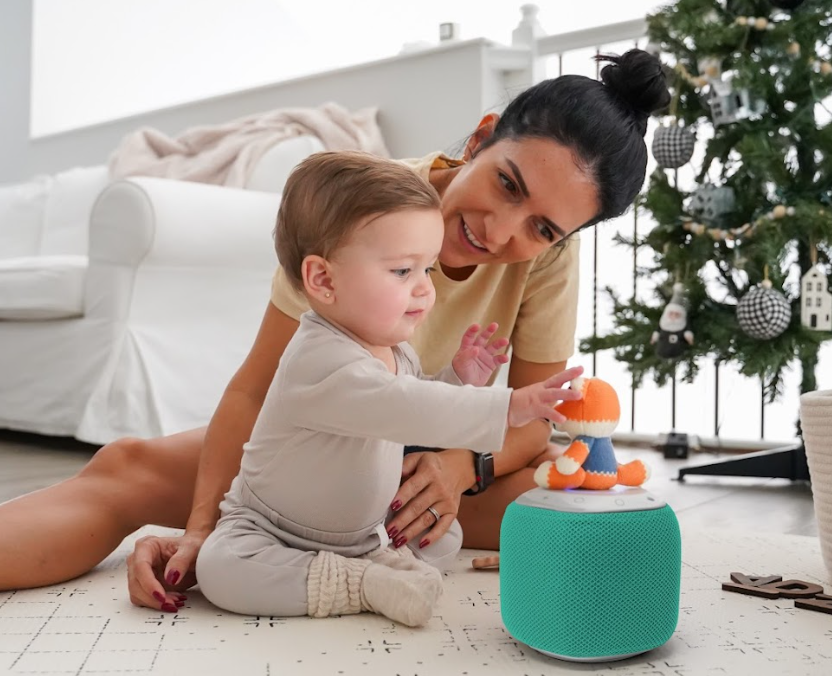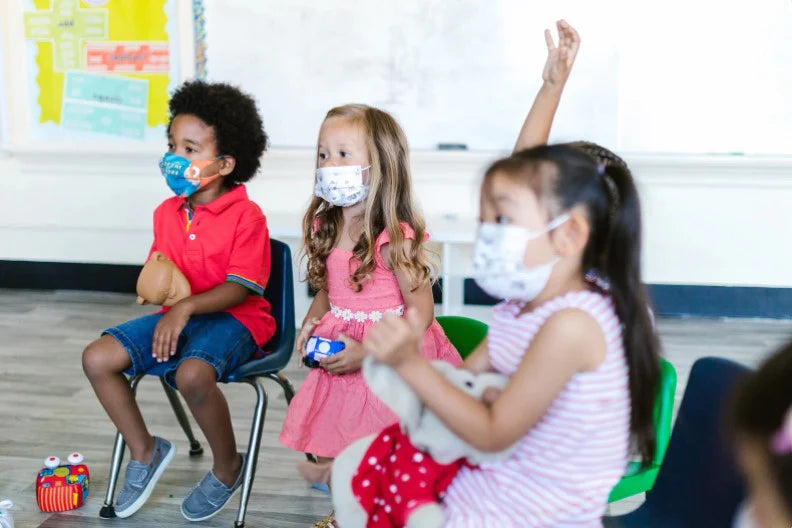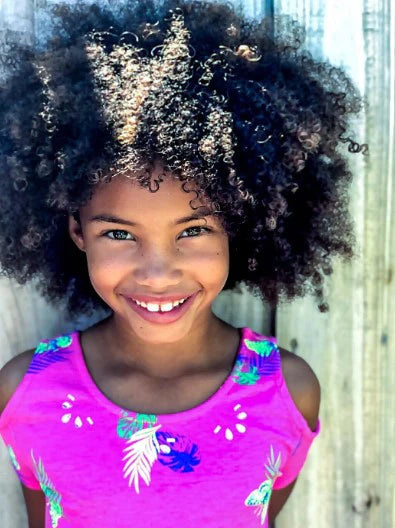As your child enters school, they will be surrounded by plenty of opportunities to develop new and exciting friendships. And while they're sure to have fun, there may be some situations in which they may be confronted by unhealthy behaviors from others and boundary pushing. One of the most important things we can do for our children is to help them develop healthy relationships. A crucial part of this is teaching them what friendship should feel like. Friendship is a fundamental aspect of a child's development and has a significant impact on their self-esteem, social skills, and emotional well-being.
Here are some tips on how to teach your child what friendship should feel like:
- Model healthy friendships - Children learn by example. By showing them healthy friendships in our own lives, we are teaching them what to look for in their own relationships. Make sure you surround yourself with positive and supportive people, and let your child see the positive interactions you have with your friends.
- Discuss the characteristics of a good friend - Talk to your child about what qualities make a good friend, such as kindness, loyalty, honesty, and respect. Explain that a good friend is someone who is there for you when you need them, who listens to you, and who makes you feel good about yourself.
- Role-play social situations - Use role-playing to help your child practice different social scenarios and learn how to respond appropriately. For example, you can act out a situation where your child is being bossed around by a "friend" at school and brainstorm together on how to handle the situation.
- Teach empathy - Empathy is an essential skill for building strong relationships. Teach your child to put themselves in others' shoes and consider how their actions and words might make their friends feel. Tell them that a good friend is someone who does the same.
- Encourage positive communication - Encourage your child to communicate their feelings and needs effectively with their friends. Teach them to use "I" statements and to listen actively to their friends' perspectives.
- Help them identify red flags - Teach your child to recognize when a friendship is unhealthy. For example, if their friend is consistently mean to them or only wants to be friends on their own terms, it may not be a healthy relationship.
- Foster independence - Encourage your child to make their own choices about their friendships. While it's important to guide them, it's also important to allow them to form their own relationships and learn from their own experiences.
- Validate their feelings - Let your child know that it's okay to feel upset or hurt by a friend's actions. Validate their feelings and help them work through the situation in a positive way.








